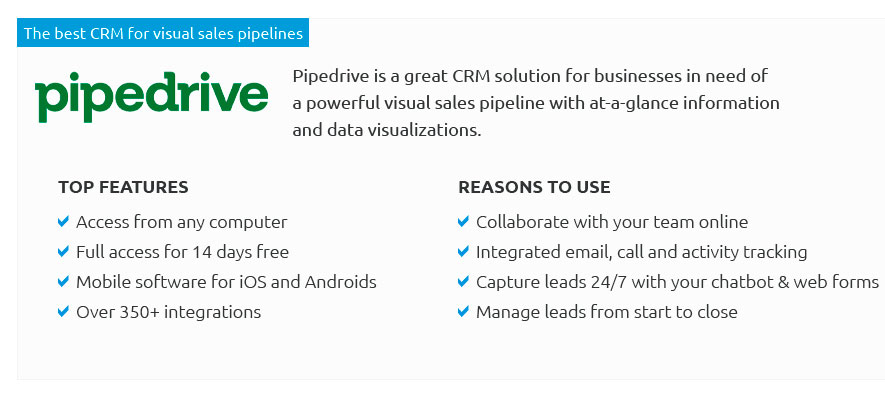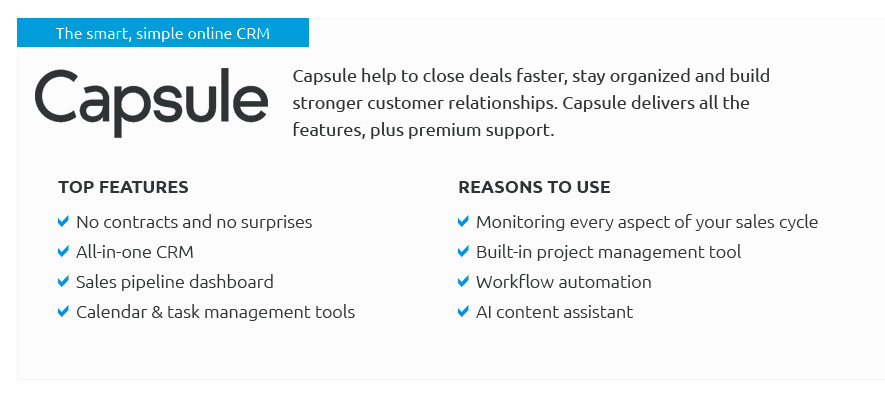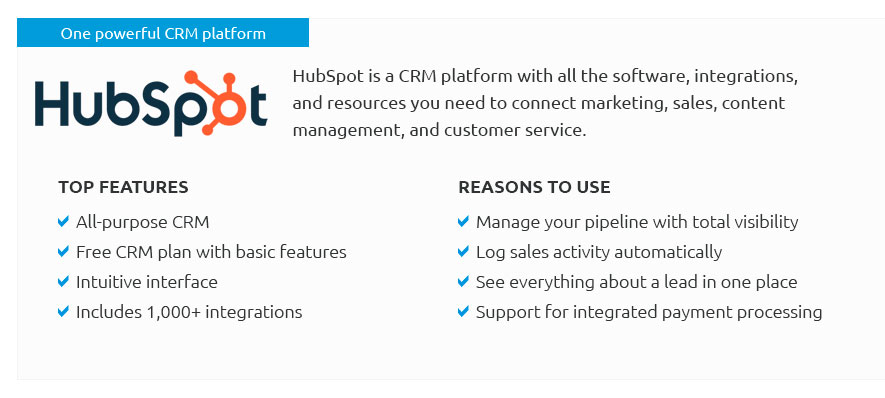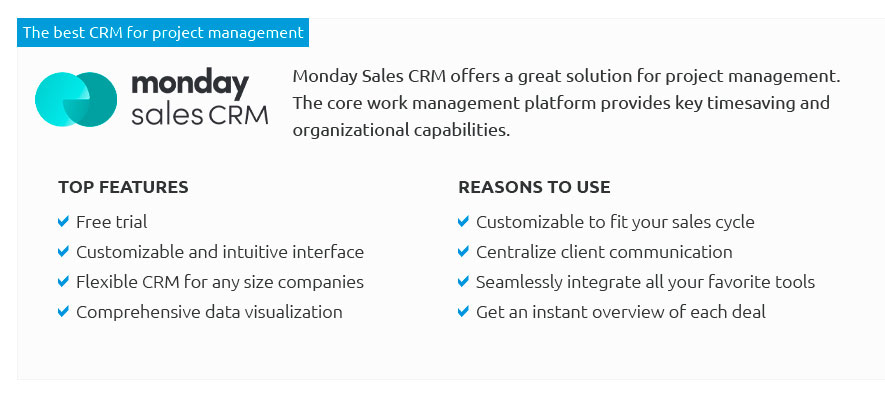 |
 |
 |
 |
 |
|
 |
|
 |
|
 |
|
 |
|
 |
|
 |
 |
|
Unlock the future of customer relationship management with our exclusive CRM software review, spotlighting the best CRM platforms that redefine efficiency and collaboration; imagine an easy-to-use shared calendar that transforms chaos into clarity, empowering your team to synchronize effortlessly and focus on what truly matters-building lasting customer relationships; whether you're a small business or a global enterprise, this is not just software-it's your competitive edge, expertly curated to elevate your business to unparalleled heights of success; experience seamless integration, intuitive interfaces, and robust features that make managing your customer interactions not just easy, but extraordinary.
https://www.usemotion.com/blog/best-shared-calendar-app-for-families
6 best shared calendar apps for families - 1. Cozi Family Organizer - 2. FamilyWall - 3. OurCal - 4. Calroo Family Calendar - 5. FabFam - 6. FamCal (Family ... https://www.microsoft.com/en-us/microsoft-365/outlook/calendar-app
Easily collaborate and share information with friends, family, and colleagues with an online calendar. Plan meetings, events, and appointments and access ... https://ourcal.com/
OurCal is the free shared calendar app for iOS and Android helping 50,000+ families, couples, and friends organise life and coordinate calendars together, ...
|